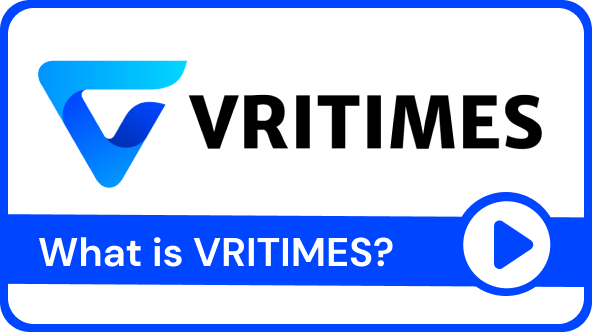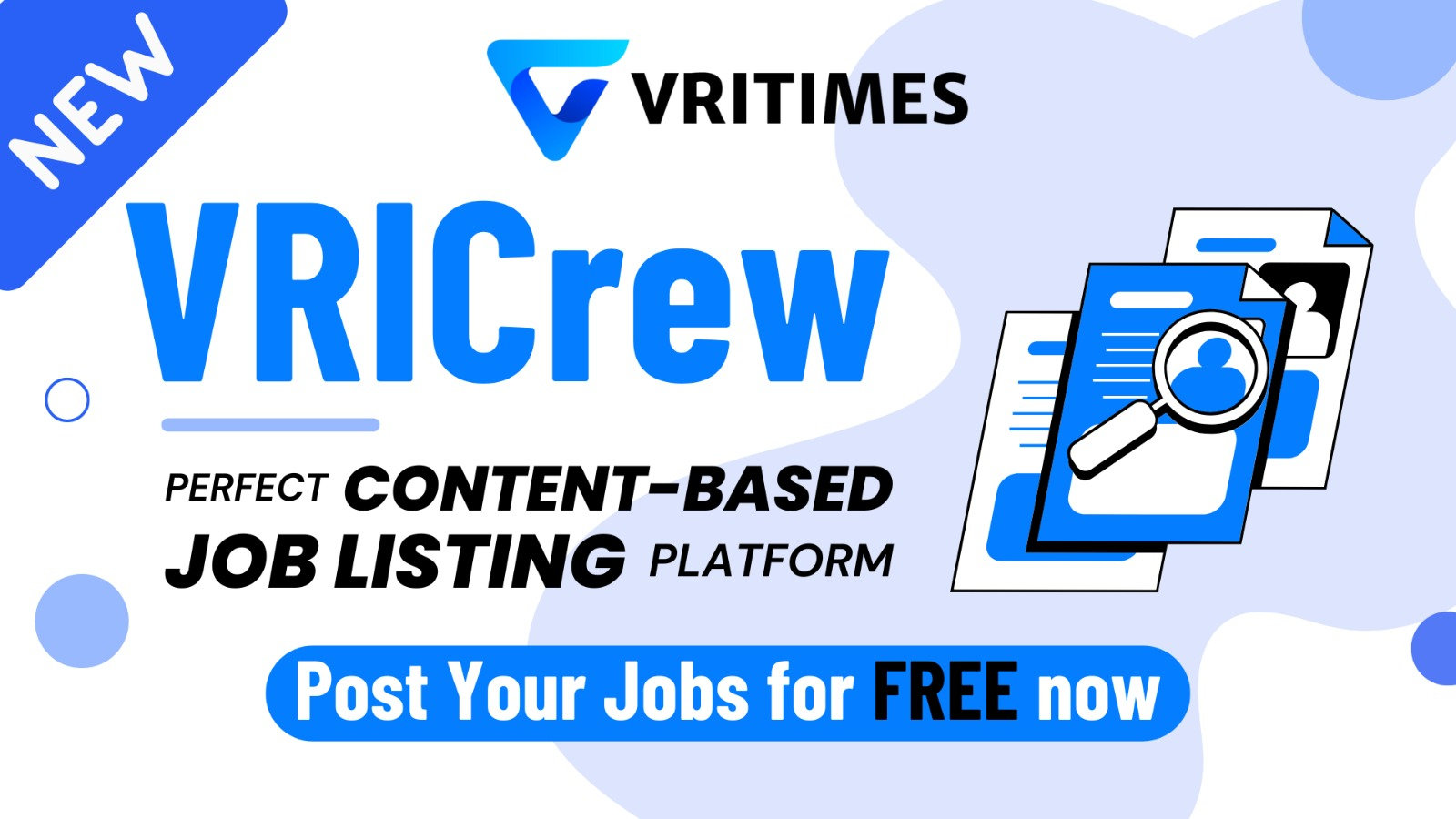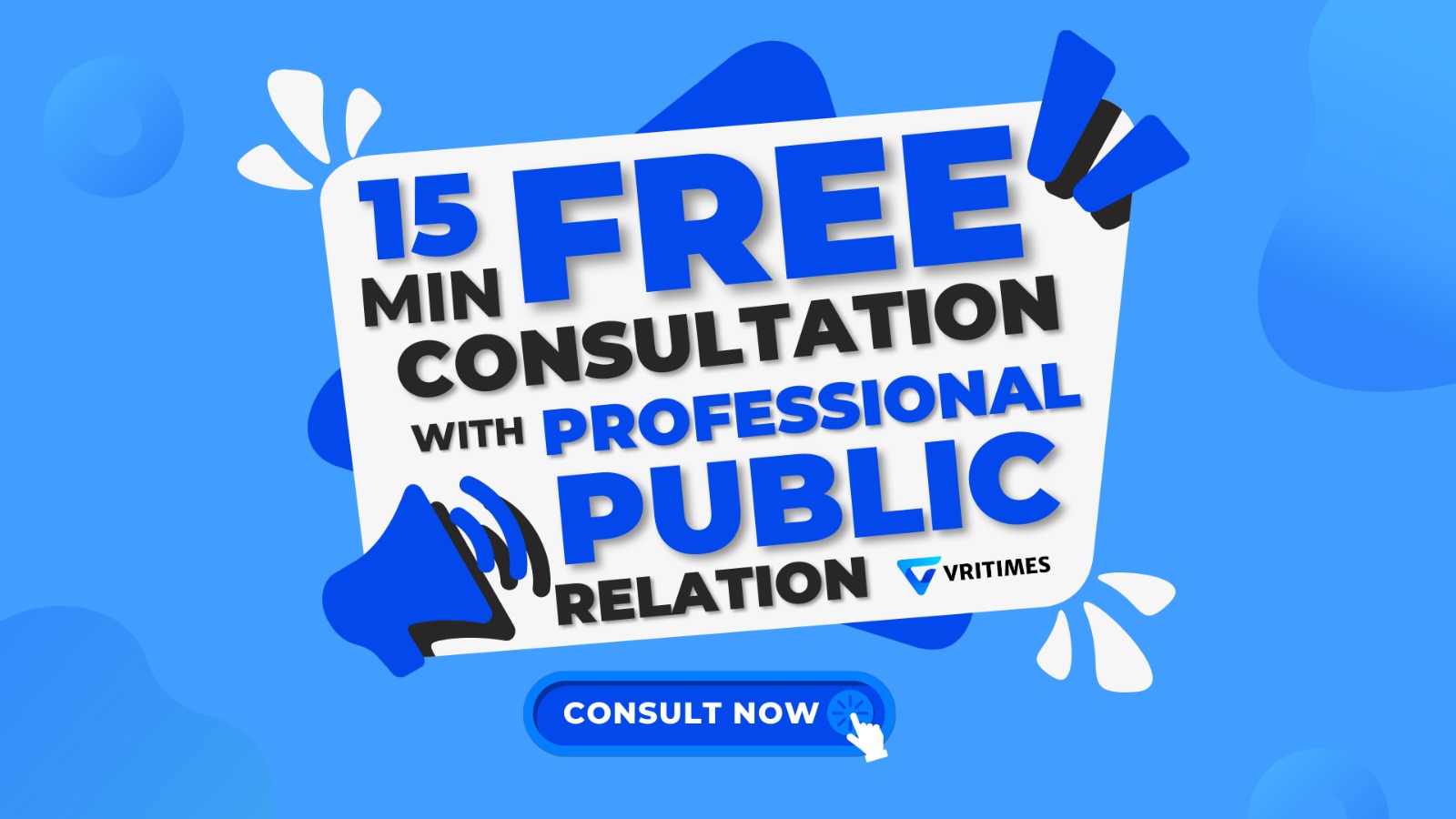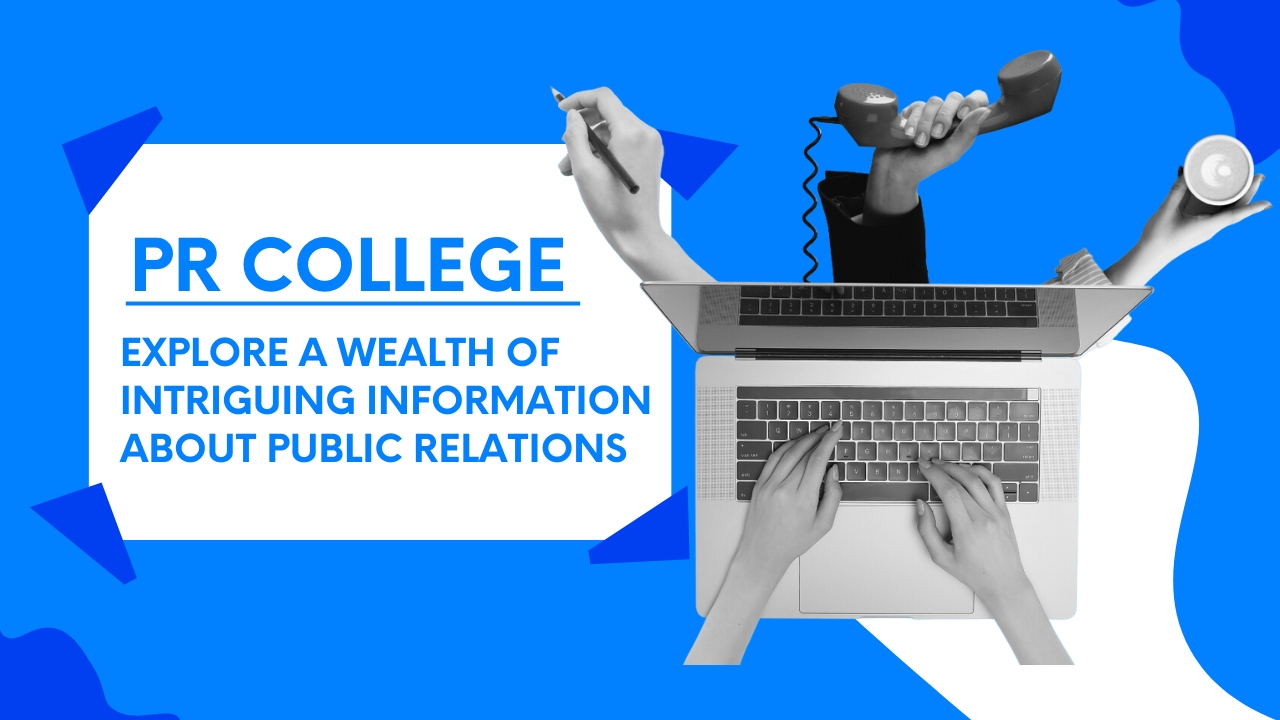/ How to Create a Press Release That Media Can't Ignore
How to Create a Press Release That Media Can't Ignore
1. The Art of a Headline-Grabbing Theme
Reporters are drawn to stories with impactful, attention-grabbing headlines. When crafting your press release, ask yourself:
"Does this headline potentially be tomorrow's lead story?"
"Will it resonate with readers or viewers immediately?"
Visuals are crucial in television. High-quality images or details about video opportunities can make your release more attractive for on-air coverage.
2. What Makes News Newsworthy
Media outlets prioritize fresh, relevant, and unpublished content. Ensure your release highlights:
Originality: What makes this announcement unique or different from similar stories?
Relevance: Why does this matter now?
Evidence: Support your claims with data, testimonials, or clear facts.
Pro tip: If the information isn’t entirely new, provide a fresh angle or updated facts to rekindle interest.
3. Social Impact Matters
Media professionals often consider the societal value of your story. Does your product or service:
Solve a problem?
Improve lives or businesses?
Change how people think or act?
For example, a press release about a new app for managing personal finances could highlight its potential to reduce debt and promote financial literacy.
4. Leverage Trends
Tie your press release to current trends or seasonal themes. For instance:
Launching a sustainable product? Highlight its alignment with the growing demand for eco-friendly solutions.
Introducing a tech product? Frame it around innovation and its role in addressing modern challenges.
Stories that reflect what's trending are far more likely to catch a journalist's eye.
5. Timing Is Everything
Meeting media deadlines is critical to getting your press release noticed. Reporters and editors work on tight schedules, so understanding their timelines is essential. Here’s how to plan your press release delivery:
For general announcements: Send press releases at least one month before your product launch, event, or service rollout. Too early, and it might be forgotten; too late, and there may not be time to cover it.
For breaking news: Be mindful of specific deadlines.
For example:
Newspapers: Morning editions close at 1:30–2:00 a.m., while afternoon editions are due by 1:30–2:00 p.m.
Magazines: Weekly magazines finalize themes 2–3 weeks ahead of publication, while monthly magazines need up to a month.
Television and online platforms: Deadlines vary, but breaking news should be submitted immediately to maximize your chances.
As deadlines approach, journalists become busier, so give them ample time to review your release. Proper timing ensures your story has a chance to be printed, air, or on online platforms.
6. Target the Right Media Outlets
Even the best press release won’t succeed if sent to the wrong audience. Tailor your pitch to specific media outlets and their relevant sections to ensure maximum impact:
Newspapers: Different sections cater to different topics.
For example:
The Economy section focuses on business, products, and services.
The Society section highlights broader social topics, often linked to company-related news.
The Life section features content that resonates with everyday readers, such as lifestyle products or events.
Newspapers also vary by type—national, economic, or regional—so consider each's focus when targeting your release.
Magazines: Each magazine has a distinct personality, catering to weekly trends or in-depth monthly explorations. Tailor your press release to match their focus and planning cycles.
Television and Radio: Reach out to production teams for relevant news or lifestyle shows. Visuals or unique angles can increase your chances of coverage.
Online Platforms: Identify editors or contributors specializing in your industry or niche. Online news is highly competitive, but targeted outreach can help your story stand out.
Pro Tip: Use Distribution Platforms
Press release distribution platforms, such as vritimes.com, can simplify the targeting process. These tools categorize your release and send it directly to the most relevant journalists and editors, saving you time and effort.
7. Align Content With the Format
The type of news also dictates where it should be sent:
For breaking news: Focus on delivering your story to the "Economy" section of newspapers, TV economics programs, or online business platforms.
For lifestyle or planned features: Target lifestyle sections, magazines, and curated websites. These platforms often require more lead time, so plan accordingly.
By combining well-timed submissions with carefully targeted outreach, your press release will have a far better chance of grabbing media attention. Always ask yourself: Is this going to the right person at the right time? When in doubt, research each outlet’s deadlines and areas of interest.
Key Takeaways: Crafting a Media-Worthy Press Release
1. Create a headline that grabs attention.
2. Ensure the content is fresh, relevant, and evidence-based.
3. Highlight the societal impact of your story.
4. Tie your release to current trends or seasonal themes.
5. Respect media deadlines and plan submissions strategically.
6. Target the right outlets for maximum reach.
By following these guidelines, you can significantly improve the chances of your press release being noticed, picked up, and shared by the media. Remember, success lies in understanding the needs of reporters and crafting your message accordingly. With proper planning, your story can achieve the spotlight it deserves.







